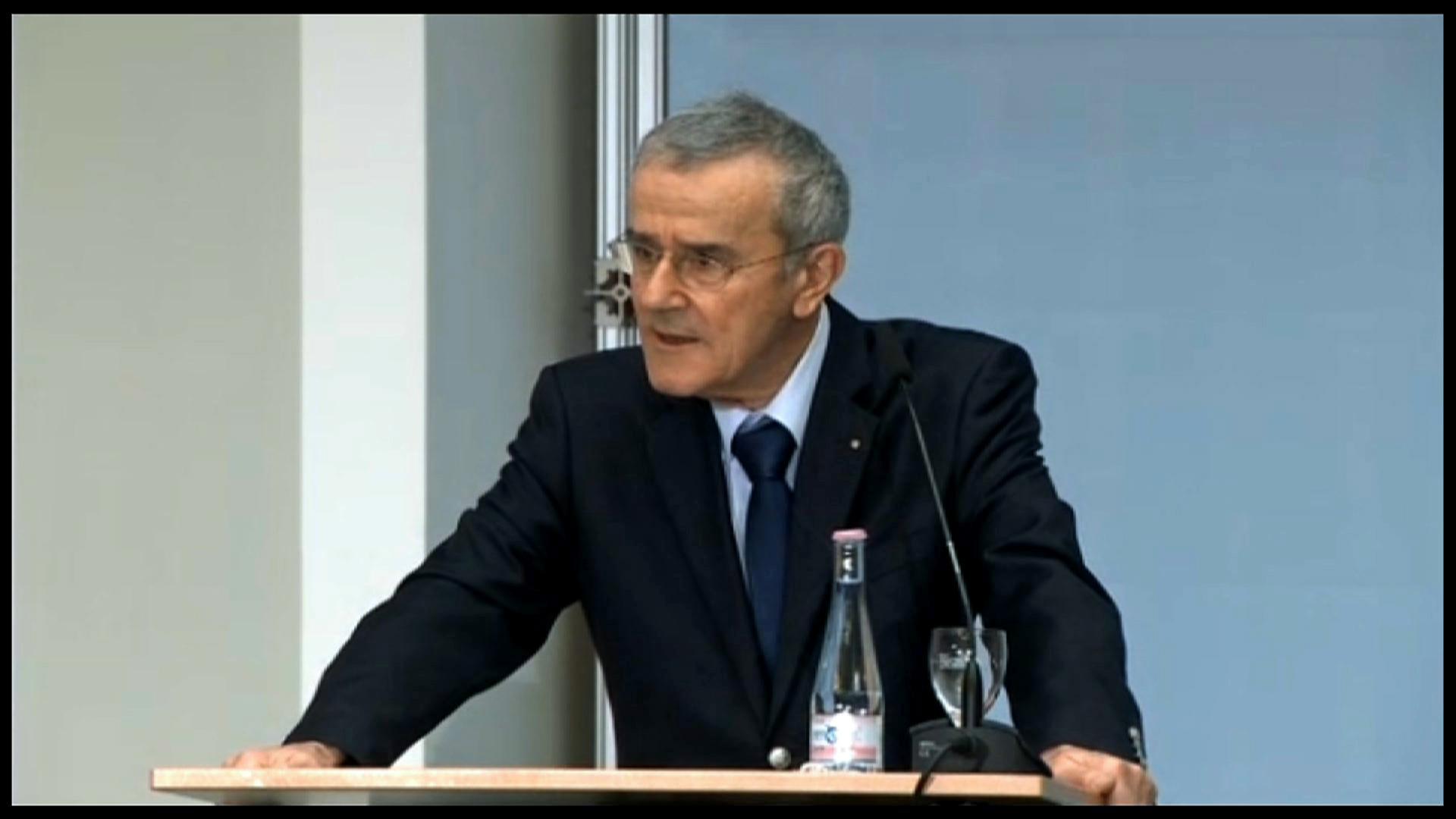
Bern museum accepts controversial art hoard

The Museum of Fine Arts in Bern has said it will accept contentious works of art, stashed away until recently by Cornelius Gurlitt, the son of one of Hitler’s art dealers. Gurlitt died in May and in his will named the museum sole heir to his collection.
Germany will continue to carry out provenance research on the 1,200 paintings, drawings and sketches and will cover any legal costs should the museum face claims from the heirs of Jewish families that fled the Nazis.
“This was not an easy decision,” Christoph Schäublin, head of the museum’s foundation board, told a news conference in Berlin. He added that there was no feeling of “triumph” at the museum “given the history that weighs heavily on the collection”.

More
Bern museum announces acceptance of Gurlitt’s art collection
Schäublin said that a challenge to the bequest by one of Gurlitt’s cousins did not affect the museums decision to take the art works. The museum will make public many of Gurlitt’s business correspondences in the interests of transparency.
The collection – whose value has been put at hundreds of millions of francs – is currently being kept in Berlin. So far already a third of the content has been identified as confiscated from its rightful owners.
German Culture Minister Monika Grütters told the news conference that the provenance of 240 art works remains unclear.
While the bequest in May was a surprise, the museum’s decision on Monday was not. Indeed, many news agencies reported the decision on Friday, citing “reliable sources”, although without confirmation from either the Bern museum or the German culture ministry.

The museum’s board of trustees had wanted time to weigh up the legal ramifications and moral implications of a gift that could potentially unleash hundreds of claims from descendants of Nazi victims who want their art back.
The Bern museum will be bound by the Washington Principles on Nazi-confiscated ArtExternal link, a code of ethics signed by 44 countries in 1998, including Switzerland, that calls for the active restitution of Nazi-looted art.
World headlines
The extraordinary story – which has highlighted the challenges of dealing with Nazi-looted art – began in 2010, when German pensioner Cornelius Gurlitt, the reclusive son of one of Hitler’s official art dealers, was randomly stopped on a train from Switzerland and found to be carrying thousands of euros.
The German authorities, suspecting he was a tax dodger, entered his flat and were stunned to find it full of masterpieces by artists such as Picasso, Renoir and Matisse whose value has been estimated at several hundred million francs.
When the discovery was made public in 2013, it made headlines around the world – especially when it was announced after Gurlitt’s death, that Bern’s Museum of Fine Art stood to inherit the entire collection.

In compliance with the JTI standards
More: SWI swissinfo.ch certified by the Journalism Trust Initiative




























You can find an overview of ongoing debates with our journalists here . Please join us!
If you want to start a conversation about a topic raised in this article or want to report factual errors, email us at english@swissinfo.ch.